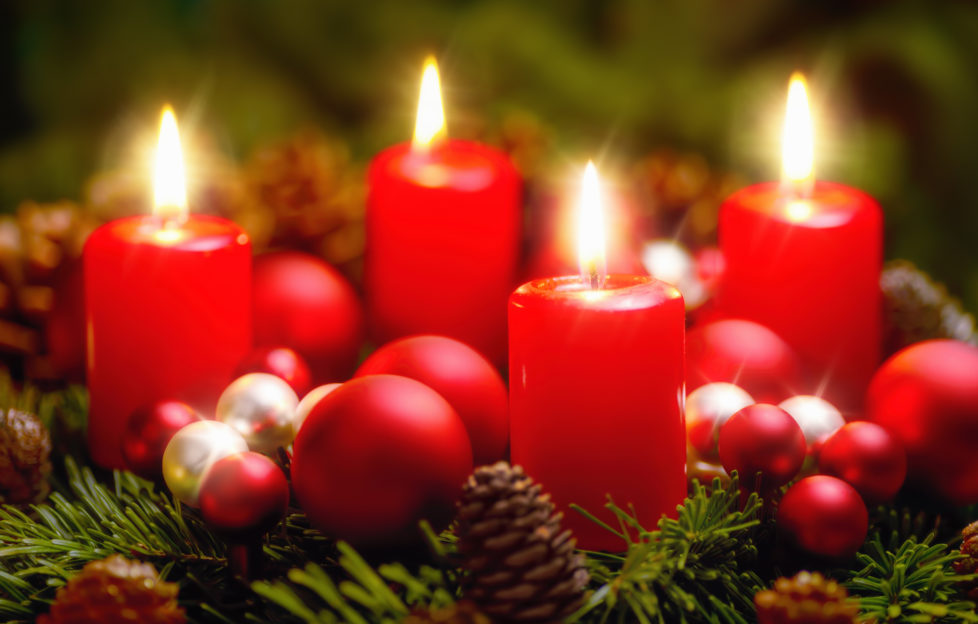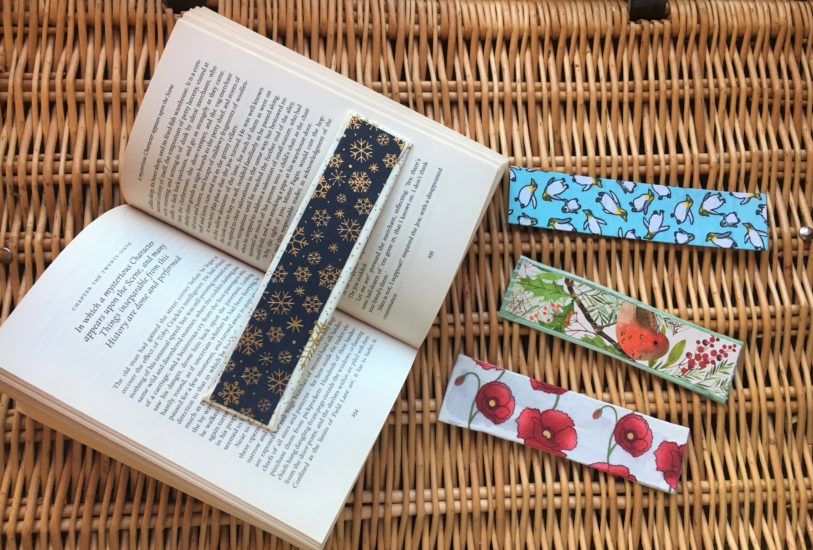
Lots of us light candles during Advent, both in our own homes and in churches across the world, but where did this Advent wreath tradition come from?
Meaning of the Advent wreath candles
A lit candle has always been a sign of expectation and hope.
In the days before Christianity in Scandinavia, people placed lit candles on a wheel; prayers were offered to their god of light, in the hope that the earth’s wheel would be turned back toward the sun, bringing light and warmth.
Origins in Germany
Like many beloved Advent traditions, the modern-day tradition of the Advent wreath originates in Germany.
The story goes that in 1839, Johann Hinrich Wichern (1808-81), a pastor in Germany, built a wreath out of an old cartwheel to help the children in his mission school count the days until Christmas.
He added small candles to be lit every weekday and Saturday during Advent, and on Sundays, a large white candle was lit.
Although it wasn’t widely popular until the 19th century, German immigrants then brought the tradition with them to America in the 20th century.
How many candles should go on an Advent wreath?
Traditionally four candles are added to an Advent Wreath and these symbolise the four weeks of Advent.
The evergreens used in today’s wreaths represent everlasting life; holly leaves and berries represent the crown of thorns and blood; and pine cones symbolize the resurrection.
Nowadays, the colours of the candles vary. Violet is popular for Sundays one, two and four, with rose for the third (“Gaudete”, or joyful) Sunday, when the half-way point to Christmas has been passed!
Whatever the colours, the first candle represents hope, and the prophets of the Old Testament; the second candle represents faith, and Mary and Joseph’s journey to Bethlehem; the third candle signifies joy, and the shepherds; and the fourth represents peace and the angels, with their message of Peace on Earth, and good will to all men.




